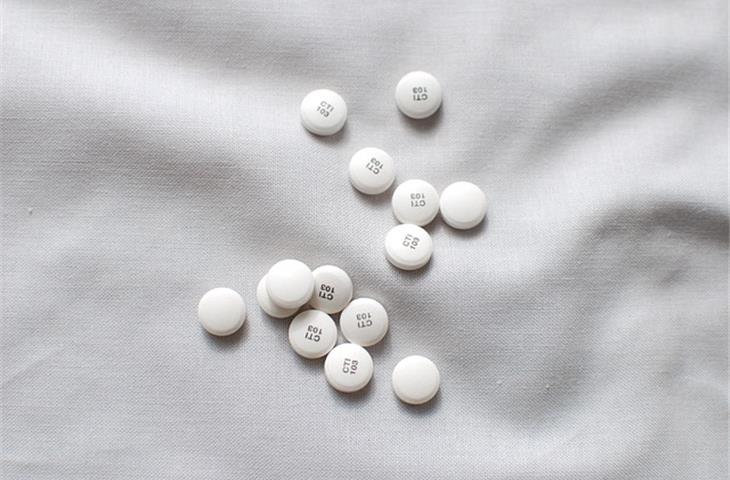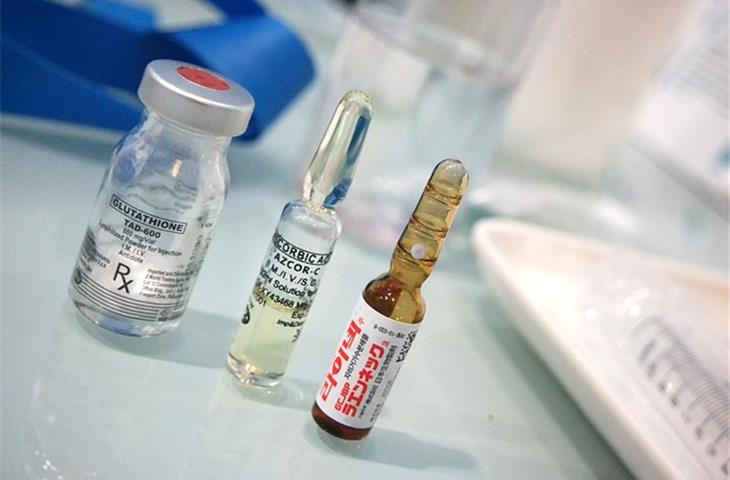The cancer treatment, especially in patients with ALK-positive cancer, critically depends on the lorlatinib amount.Clinical studies have demonstrated the effectiveness of this precision medicine, which offers a fresh hope to patients who have run out of other therapeutic choices.This article will explore the significance of determining the optimal lorlatinib amount, discuss factors affecting dose modifications, and investigate the most latest research on lorlatinib dosing regimens.

medical professionals must understand several factors that influence the lorlatinib amount, as the dose varies among patients, to effectively tailor the therapy regimen.Determining the lorlatinib amount requires considering age, weight, and kidney function. senior patients, those with kidney damage, and those with liver impairment may need dosage modifications to reduce side effects and improve effectiveness.

The lorlatinib administration can be affected by the dimensions, positioning, and condition of the tumor. Larger tumors or those in vital zones may require higher doses to better manage the illness.Patients who have undergone previous treatments, such as chemotherapy or other focused treatments, may have varying lorlatinib administration needs. Previous therapy effectiveness and the presence of drug resistance variations can affect the optimal lorlatinib administration.

The determination of the optimal lorlatinib administration requires a careful balance between effectiveness and security. important factors include:Clinical trials offer valuable data on lorlatinib dosage schedules. By analyzing these study outcomes, medical professionals can determine the greatest efficiency and well-endured lorlatinib administration for their patients.
Lorlatinib can interact with additional drugs, which may impact its effectiveness and security. medical professionals should consider possible medication conflicts when deciding on the lorlatinib administration.Regular monitoring of lorlatinib concentrations and adverse reactions is essential for identifying any required dosage modifications. These adjustments can be made based on the patient’s reaction to treatment, their tolerance of adverse reactions, and any changes in their medical condition.
medical trials have investigated various dosage schedules, each with unique benefits and limitations. Among the most frequent dosing regimens are:The standard lorlatinib dose for ALK-positive lung cancer is 100 mg, taken daily, with or without food. This regimen, which has demonstrated encouraging outcomes in medical trials, features a high effectiveness and a of adverse effects.
A high-dose lorlatinib regimen, 200 mg taken daily, has also been investigated in medical trials. This regimen may enhance effectiveness in certain patients, although it may also be accompanied by an increased risk of adverse effects.dosing increment regimens entail gradually increasing the lorlatinib dose, guided by the patient’s reaction and tolerability. This method aims to maximize effectiveness while minimizing adverse effects.
The process of determining the optimal lorlatinib dose is complex and necessitates deliberate thought of various factors. Understanding these factors allows healthcare providers to customize the therapeutic regimen to each patient’s individual requirements.ongoing investigation and medical trials will continue to offer useful information into the most successful and secure dosage schedules, ultimately enhancing patient results in the struggle with lung cancer.
